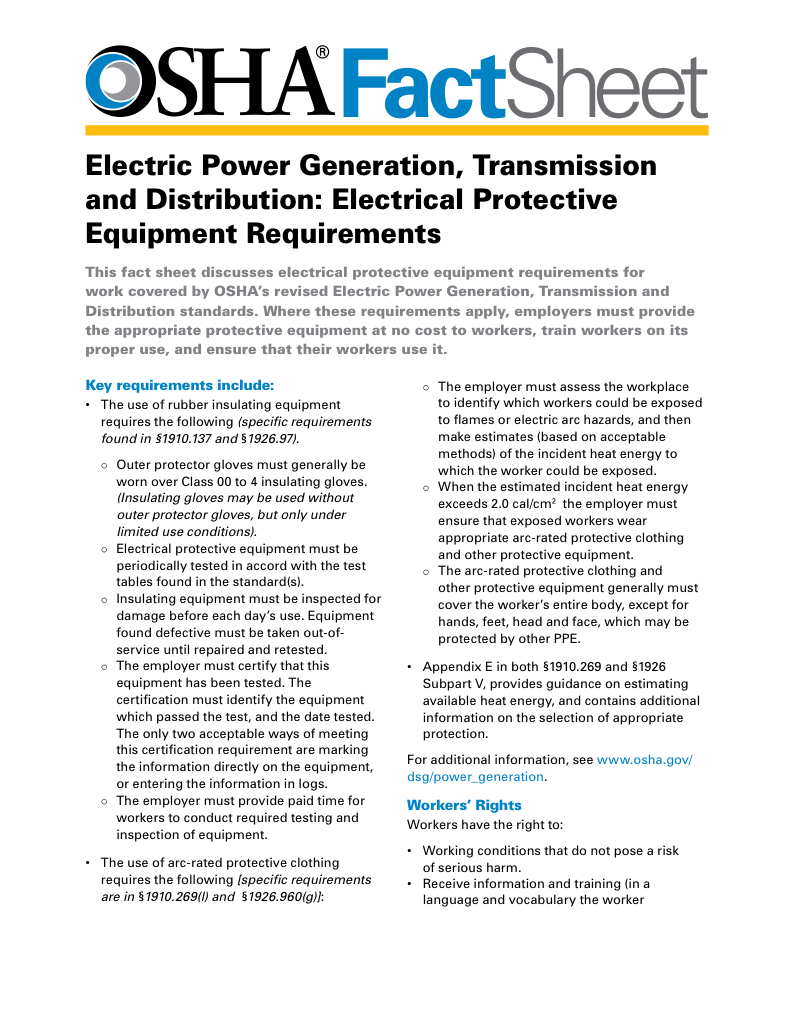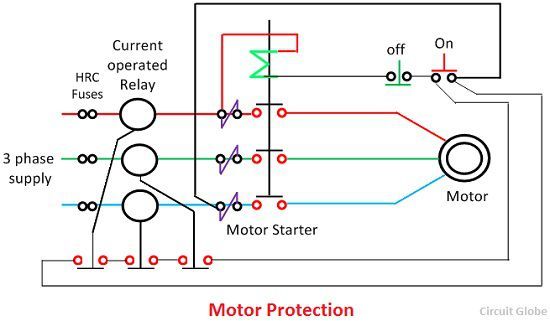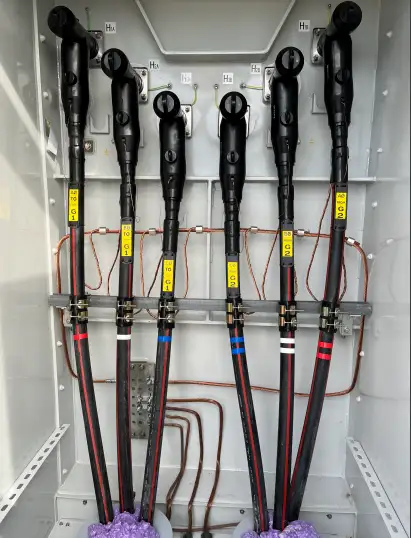Industrial Network Components Explained
By Stancho Djiev, Ph.D., Technical University Sofia, Bulgaria

Download Our OSHA 3875 Fact Sheet – Electrical PPE for Power Industry Workers

- Follow rules for rubber gloves, arc-rated PPE, and inspection procedures
- Learn employer obligations for testing, certification, and training
- Protect workers from arc flash and electrical shock injuries
Industrial network components enable reliable Ethernet, fieldbus, and IIoT connectivity across PLCs, HMIs, drives, and sensors, using managed switches, routers, protocol gateways, and cybersecurity firewalls for real-time control, redundancy, and deterministic data.
What Are Industrial Network Components?
Hardware like switches, routers, gateways, and I/O modules that link PLCs and sensors for secure, deterministic control.
✅ Managed Ethernet switches enforce VLANs, QoS, and ring redundancy
✅ Gateways bridge Modbus, PROFIBUS, and PROFINET protocols
✅ Industrial routers add VPN, firewall, and IEC 62443 security
Industrial Network Components
In larger industrial and factory networks, a single cable is not enough to connect all the network nodes together. We must define network topologies and design networks to provide isolation and meet performance requirements. In many cases, because applications must communicate across dissimilar networks, we need additional network equipment. The following are various types of network components and topologies:
For an overview of how devices exchange data across varied protocols, see the guide on industrial automation communication best practices for plant networks.
- Repeaters -- a repeater, or amplifier, is a device that enhances electrical signals so they can travel greater distances between nodes. With this device, we can connect a larger number of nodes to the network. In addition, we can adapt different physical media to each other, such as coaxial cable to an optical fiber.
- Router -- a router switches the communication packets between different network segments, defining the path.
- Bridge -- with a bridge, the connection between two different network sections can have different electrical characteristics and protocols. A bridge can join two dissimilar networks and applications can distribute information across them.
- Gateway -- a gateway, similar to a bridge, provides interoperability between buses of different types and protocols, and applications can communicate through the gateway.
In planning placement of routers, bridges, and gateways, it's useful to map the hierarchical levels of industrial networks across field, control, and enterprise layers.
FREE EF Electrical Training Catalog
Download our FREE Electrical Training Catalog and explore a full range of expert-led electrical training courses.

- Live online and in-person courses available
- Real-time instruction with Q&A from industry experts
- Flexible scheduling for your convenience
Network Topology
Industrial systems usually consist of two or more devices. As industrial systems get larger, we must consider the topology of the network. The most common network topologies are the bus, star, or a hybrid network that combines both. Three principal topologies are employed for industrial communication networks: star, bus, and ring as shown in Figure 3. Understanding media choices and signaling options is essential, and the overview of transmission methods for industrial networks explains tradeoffs between copper, fiber, and wireless.
A star configuration contains a central controller, to which all nodes are directly connected. This allows easy connection for small networks, but additional controllers must be added once a maximum number of nodes are reached. The failure of a node in a star configuration does not affect other nodes. The star topology has a central hub and one or more network segment connections that radiate from the central hub. With the star topology, we can easily add further nodes without interrupting the network. Another benefit is that failure of one device does not impair communications between any other devices in the network; however, failure of the central hub causes the entire network to fail. These design choices tie directly to the benefits of industrial networks that improve scalability and resilience.
In the bus topology, each node is directly attached to a common communication channel. Messages transmitted on the bus are received by every node. If a node fails, the rest of the network continues in operation as long as the failed node does not affect the media. This shared medium approach is often integrated under a facility's building automation system where distributed controllers share status and control signals.
In the ring topology, the cable forms a loop and the nodes are attached at intervals around the loop. Messages are transmitted around the ring passing the nodes attached to it. If a single node fails, the entire network could stop unless a recovery mechanism is not implemented.
In transportation settings like automated level crossings environments, deterministic performance and failover are crucial for safety.
For most networks used for industrial applications, we can use hybrid combinations of both the bus and star topologies to create larger networks consisting of hundreds, even thousands of devices. We can configure many popular industrial networks such as Ethernet, FOUNDATION Fieldbus, DeviceNet, Profibus, and CAN using hybrid bus and star topologies depending on application requirements. Hybrid networks offer advantages and disadvantages of both the bus and star topologies. We can configure them so failure of one device does not put the other devices out of service. We can also add to the network without impacting other nodes in the network. Hybrid architectures also support advanced energy management strategies that balance load and reduce downtime during maintenance.







